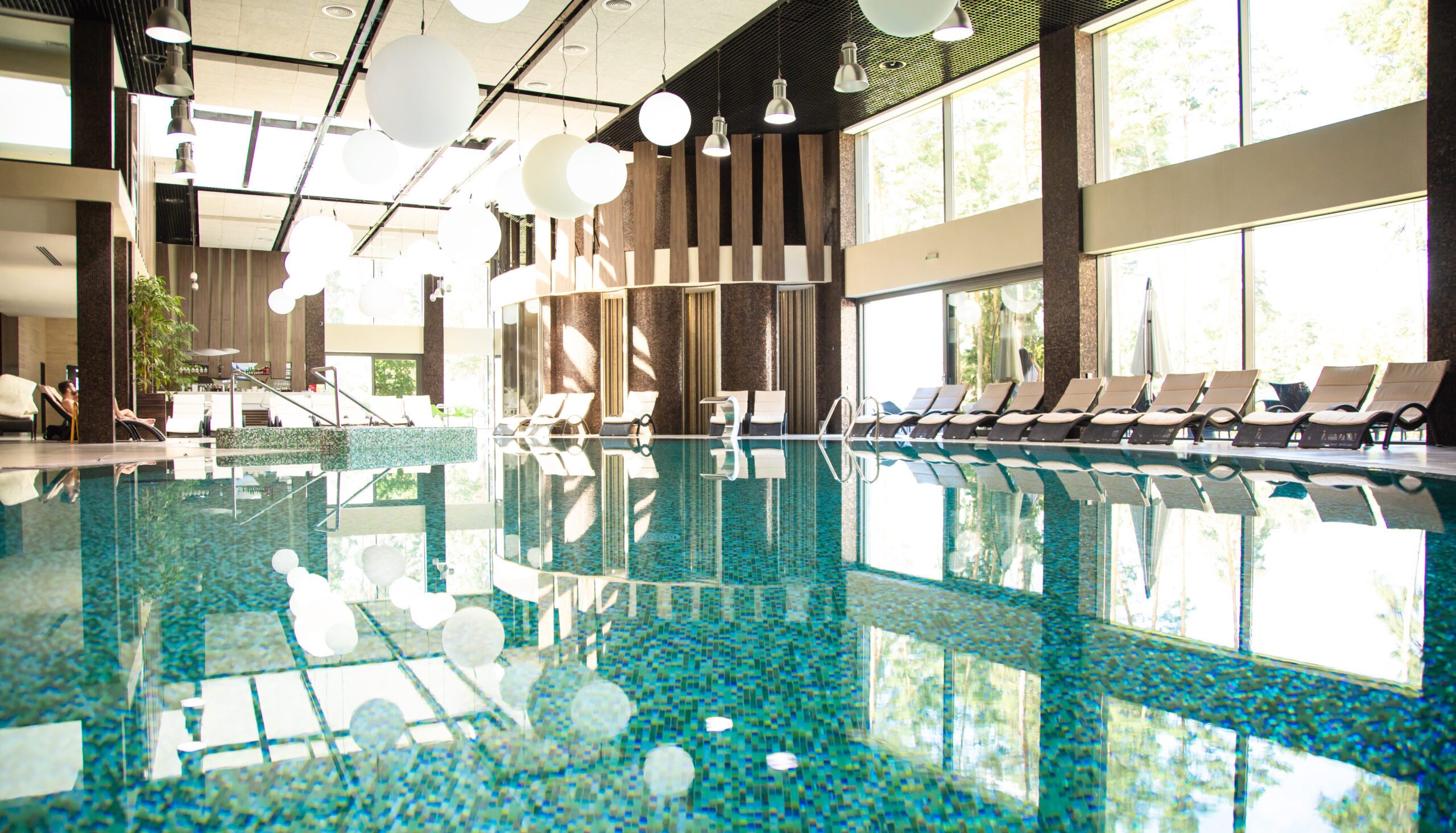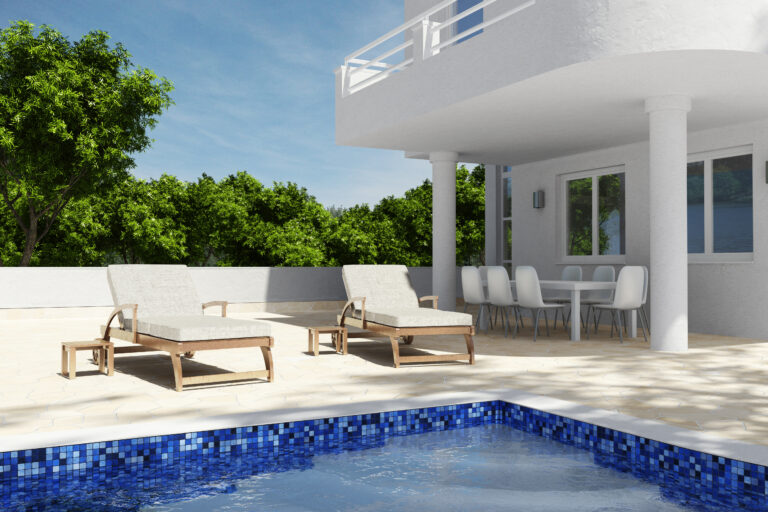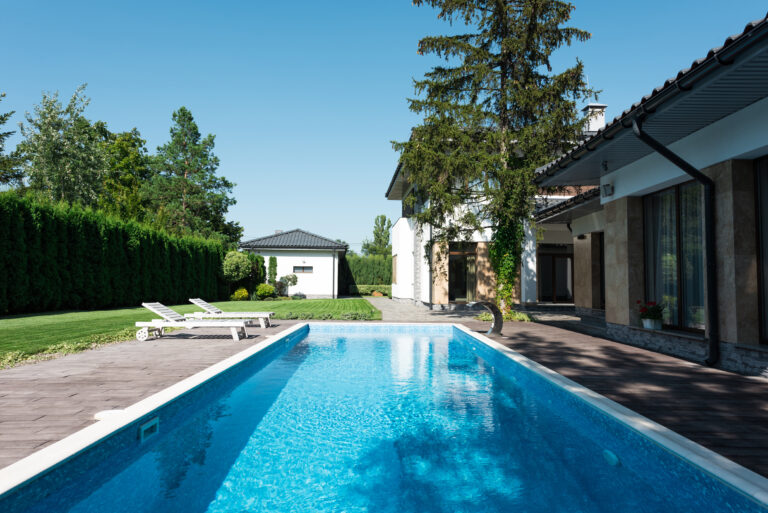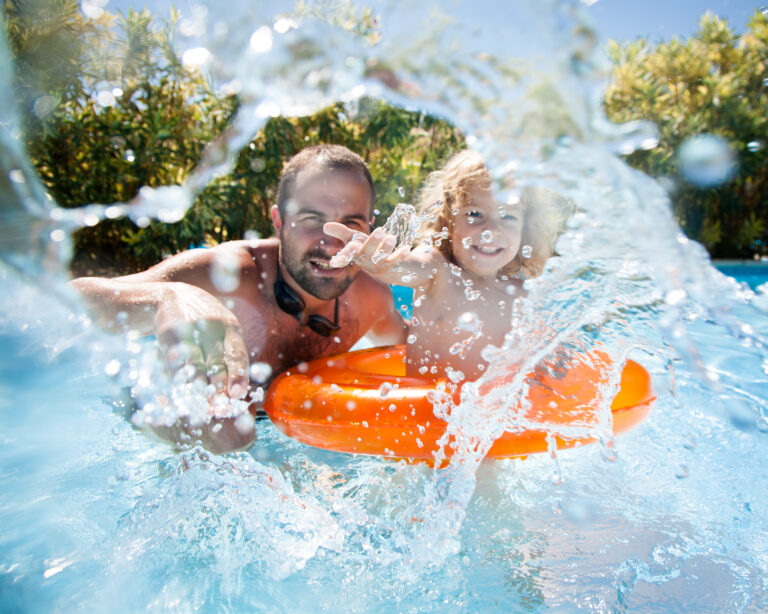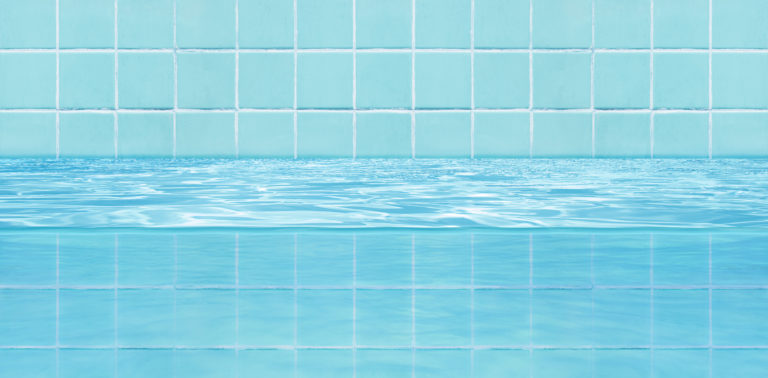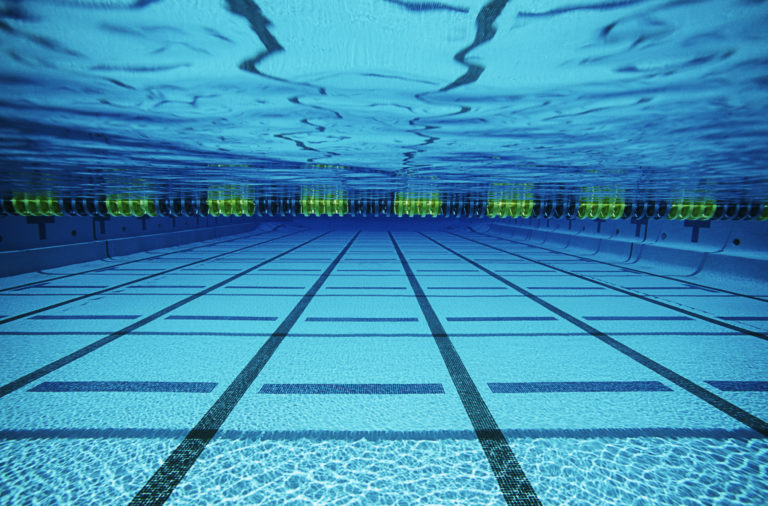Blurring the Lines Indoor-Outdoor Pool Designs
You’re yearning for a swim, but can’t decide between the warmth of an indoor pool or the refreshing breeze of an outdoor one? Why not both? That’s where indoor-outdoor pool designs come in. They’re blurring the lines and you’ll love them.
In this article, we’ll explore key considerations, benefits, and some fantastic examples to inspire your next renovation. Plus, we’ve got handy maintenance tips to keep your hybrid paradise in tip-top shape.
Dive in!
The Concept of Indoor-Outdoor Pool Designs
Indoor-outdoor pool designs are really blurring the lines between where your home ends and nature begins. These pools offer you a unique opportunity to enjoy swimming year-round, regardless of weather conditions. Clever design elements like retractable glass walls or roofs can be integrated into these spaces, allowing for seasonal adaptability.
Pool lighting is an essential part of this design concept. It’s not just about illuminating the water for those late-night dips either. Strategic placement of lights can create a seamless transition from your indoor living space to the outdoors, enhancing the overall aesthetic appeal while also ensuring safety.
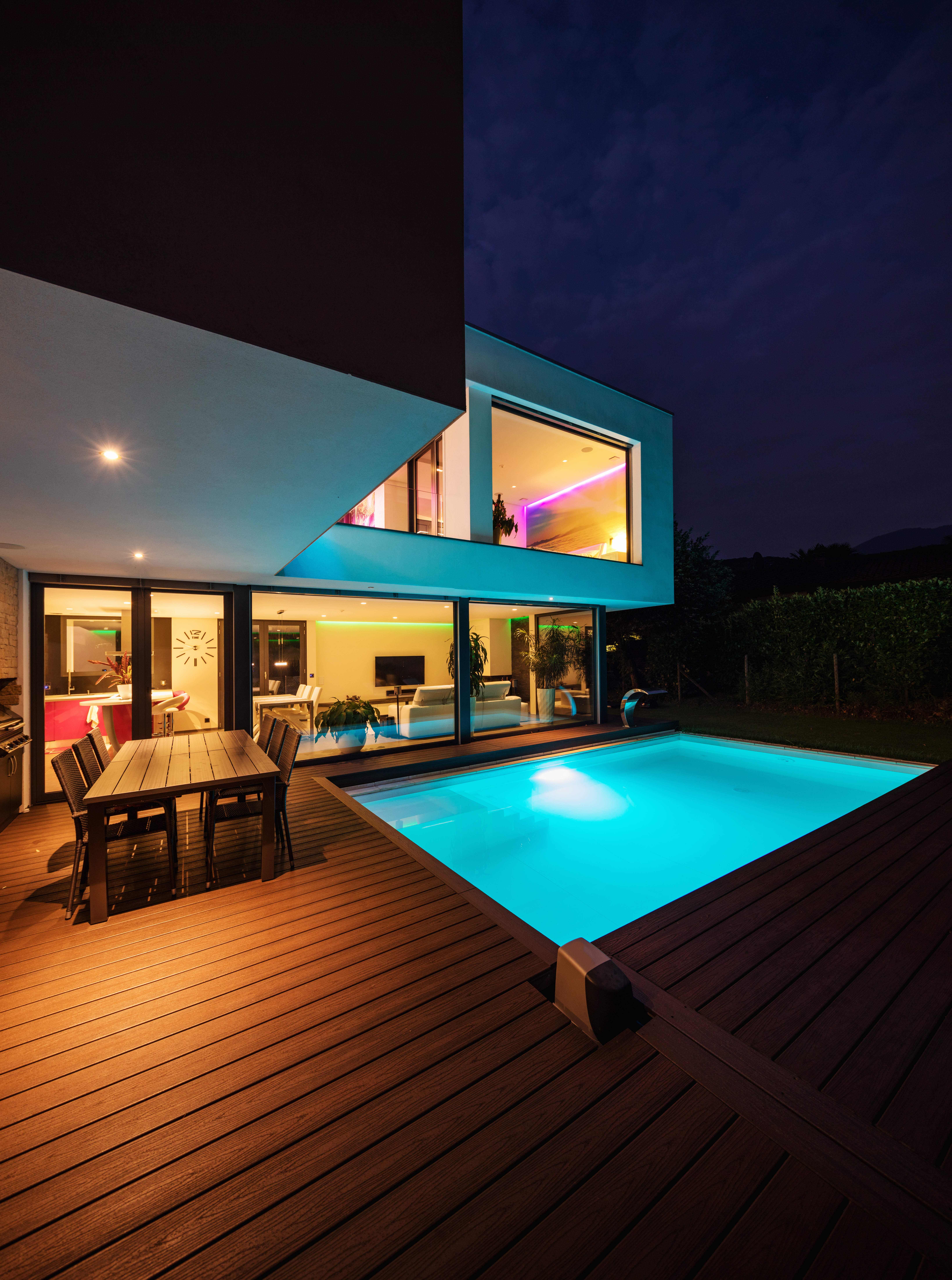
In winter months, you’ll appreciate having an enclosed swimming facility that’s warm and inviting despite the freezing temperatures outside. Then come summer, you can open up the space to let in fresh breezes and sunshine.
Seasonal adaptability doesn’t just mean controlling temperature though; it’s also about adjusting for different light levels throughout the year. A well-designed indoor-outdoor pool would incorporate shades or blinds that can be adjusted as needed.
So imagine yourself immersed in water, surrounded by tasteful pool lighting that sets a calming mood while also highlighting the beauty of all four seasons right at your backyard – now isn’t that quite something?
Benefits of Indoor-Outdoor Pools
You’ll find that these unique swimming areas can offer the best of both worlds, with a host of benefits. Indoor-outdoor pools blend nature’s beauty and home comfort into one relaxing experience. They also provide exciting entertainment opportunities and significant health advantages.
– Entertainment Opportunities:
– Hosting Parties: Indoor-outdoor pools make for a great party venue, regardless of weather conditions.
– Year-Round Swimming: No matter the season or time of day, you can always take a dip in your indoor-outdoor pool.
– Health Advantages:
– Exercise at Home: Having such a pool allows you to swim laps or do water aerobics anytime, providing an easy way to stay fit.
– Stress Relief: The soothing sound of water combined with nature’s vista can help reduce stress levels.
Moreover, these pools are versatile – they’re perfect for chilling out alone or entertaining guests. So whether it’s about having fun or maintaining good health, indoor-outdoor pools certainly deliver.
With all these perks waiting for you, why not consider installing one? You won’t regret it!
Key Considerations in Designing Indoor-Outdoor Pools
When planning your swimming area that merges the inside and outside environment, there are several key factors to consider. You’ll need to make strategic decisions regarding Pool Material Choices and Climate Considerations in order to create a seamless, functional space.
Pool Material Choices play a significant role in the overall look and longevity of your indoor-outdoor pool. You’ll want to choose materials that are durable, easy to maintain, and fit with the aesthetic of your home. Concrete, fiberglass, and vinyl are all popular choices for pool lining.
Climate Considerations also greatly influence your design decisions. Depending on your local climate, you may need to implement heating or cooling systems, plan for adequate sun exposure or shade as required.
Here’s an overview of some considerations:
| Pool Materials | Climate |
| Concrete: Durable but requires more maintenance. | Cold Climates: Heating systems needed. |
| Fiberglass: Low maintenance but limited designs. | Hot Climates: Adequate shading & cooling systems necessary. |
| Vinyl: Affordable & versatile but less durable. | Variable Climates: Can benefit from retractable covers. |
In the end, it’s about balancing these elements so you can fully enjoy your indoor-outdoor pool experience.
Examples of Innovative Indoor-Outdoor Pool Designs
Let’s dive into some examples of creative swimming areas that merge the inside and outside environment, showcasing how material choices and climate considerations can be thoughtfully incorporated.
Imagine a pool with floor-to-ceiling glass walls that provide unobstructed views of the outdoors while still being indoors. This design not only enhances luxury appeal but also introduces energy efficient features.
You’re effectively blurring the boundaries between indoor comfort and outdoor aesthetics, aren’t you? Think about it: You have controlled temperatures indoors, yet you’re swimming under a sky canvas painted by nature itself! And there are plenty of options for materials too. You’ve got transparent polycarbonate or high-grade glass for walls; they maintain clarity while offering insulation.
But here’s where it gets interesting – consider a retractable roof system. On sunny days, it can be opened to let in natural light and warmth; on colder days, it remains closed providing an energy-efficient solution to keep your pool heated.
So why not think out of the box? Your indoor-outdoor pool design doesn’t just offer year-round usability; it’s also an embodiment of modern architectural ingenuity enhancing luxury appeal whilst being energy efficient!
Maintenance Tips for Indoor-Outdoor Pools
In maintaining your hybrid swim area, it’s essential to regularly check water quality and cleanliness; don’t forget about the mechanical systems too. Pool Sanitation is key in ensuring a safe swimming environment. This includes regular pH testing and using the right amount of chlorine or other sanitizing agents.
Energy Efficiency also plays a crucial role in the maintenance process. You should aim for efficient heating systems to keep energy costs down while providing optimal comfort for swimmers.
| Maintenance Task | Frequency | Importance |
| Water Testing | Weekly | High |
| Filter Cleaning | Monthly | High |
| System Check | Quarterly | Medium |
| Energy Audit | Annually | Low |
This table gives you an idea on how often certain tasks need attention, but it’s not exhaustive. Every pool is different and might require additional care depending on its design and usage.
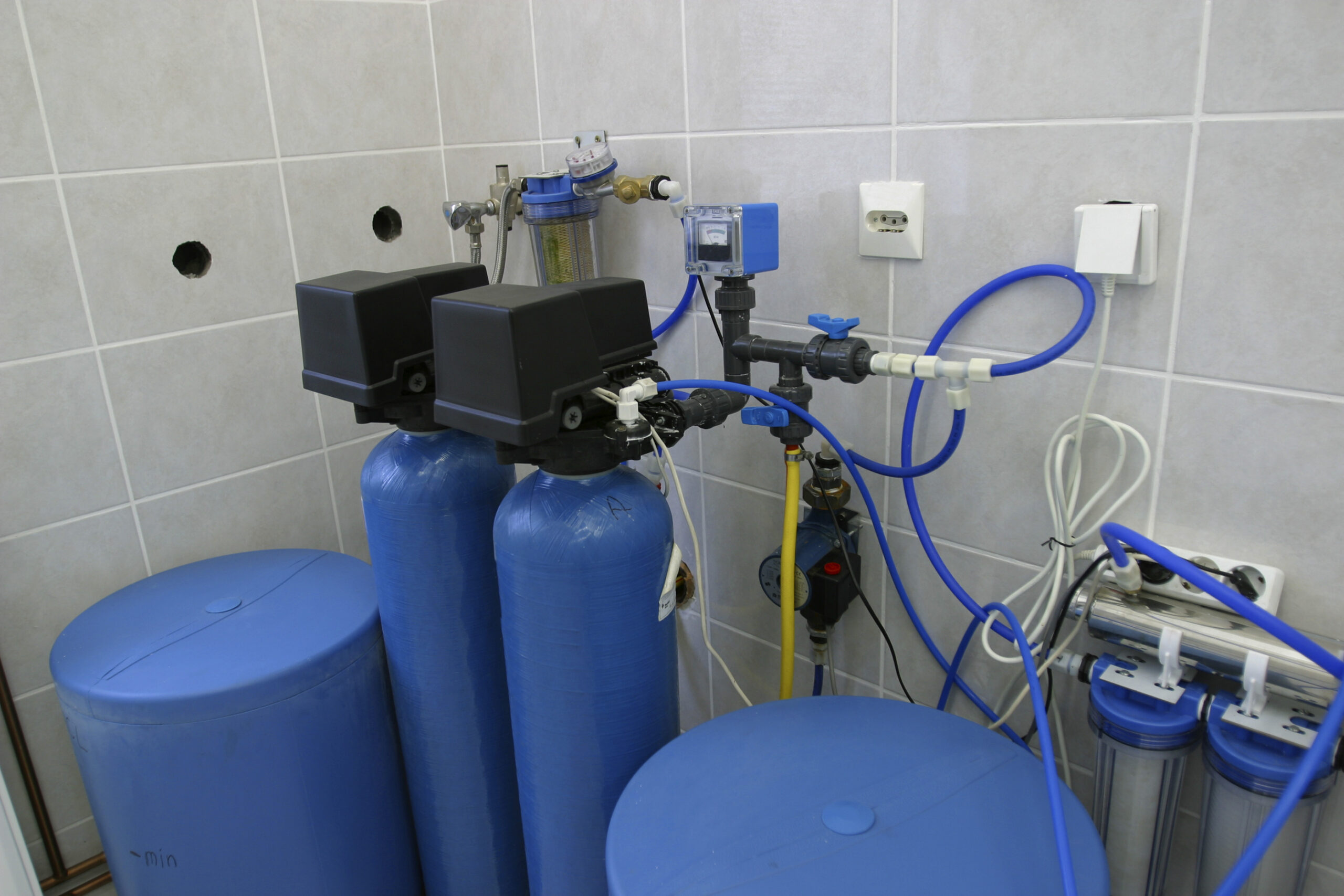
Frequently Asked Questions
What Is the Average Cost of Installing an Indoor-Outdoor Pool?
You’re looking at an average cost of $50,000 to $100,000 for installing an indoor-outdoor pool. Remember, you’ll also need to factor in ongoing pool maintenance costs and energy efficiency considerations into your budget.
Are There Specific Permits Required to Build an Indoor-Outdoor Pool?
Yes, you’ll typically need specific permits to build an indoor-outdoor pool. They ensure your pool’s maintenance and design aesthetics meet local regulations. It’s best to check with your local authority for detailed information.
What Safety Measures Should Be Considered for Indoor-Outdoor Pools Especially With Children in the House?
You’ll need to consider safety measures like installing pool alarms and ensuring supervised swimming. Pool fences and covers are also important, especially when you’ve got children in the house. Safety should always be priority.
Can Existing Indoor or Outdoor Pools Be Converted Into an Indoor-Outdoor Pool?
Sure, you can convert existing indoor or outdoor pools into an indoor-outdoor one. Pool conversion benefits include year-round use, but remember, design considerations like safety and climate control are important too.
How Does the Use of an Indoor-Outdoor Pool Affect Home Insurance Premiums?
Having an indoor-outdoor pool can impact your home insurance premiums. Insurers consider it a risk, potentially raising your rates. However, some insurance benefits might offset this if they factor in added property value and safety features.

